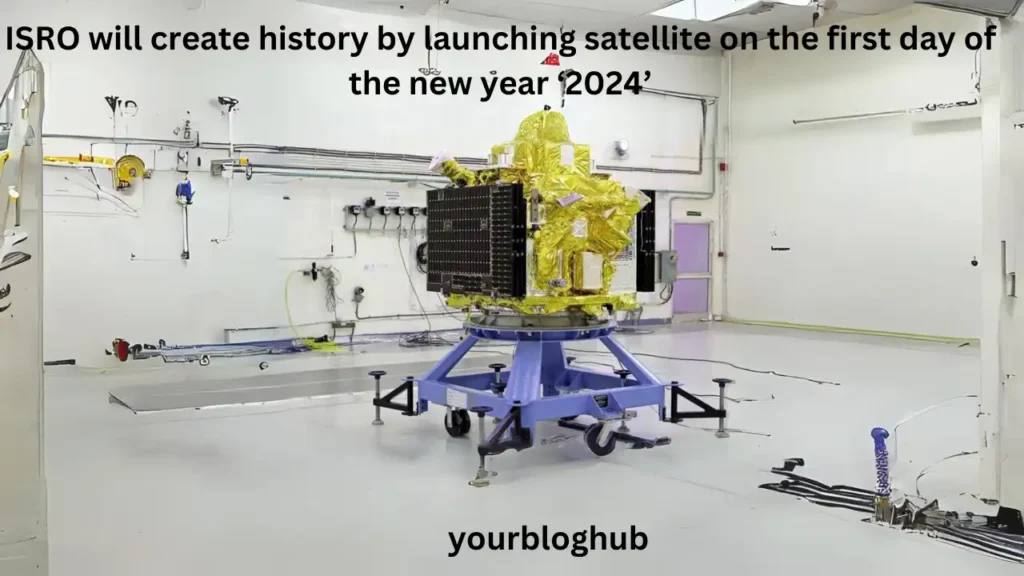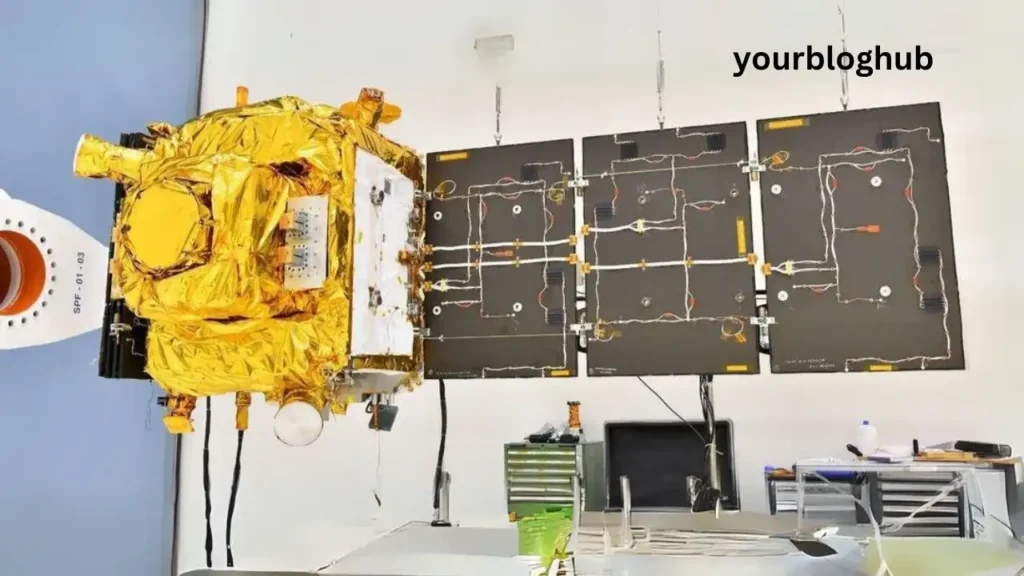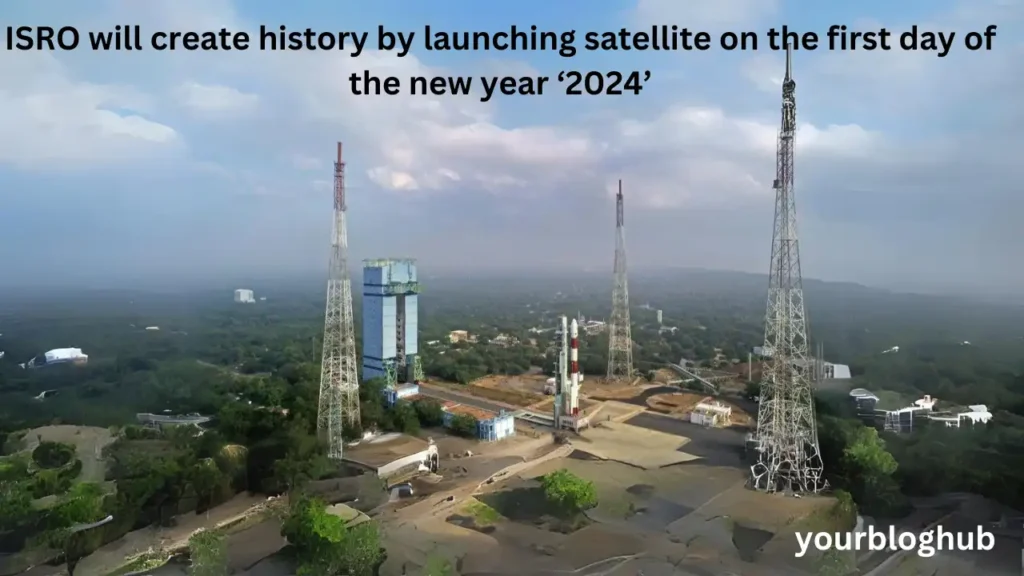The first day of the year 2024, i.e. January 1, 2024, is very special for ISRO. Launch of XPoSAT satellite from Satish Dhawan Space Center in Sriharikota on January 1.After the landing on the south pole of the Moon in 2023 and the successful launch of the solar mission, now the first day of the new year, i.e. January 1, 2024, is going to be very special for ISRO. Indian Space Research Organization (ISRO) is the world’s second and the country’s first on the first day of the year.
It is going to launch such a satellite, which will study pulsars, black holes, galaxies, radiation etc. Its name is X-ray Polarimeter Satellite (XPoSat).
Table of Contents

Prior to the launch of the Polarimeter Satellite on January 1, ISRO scientists ask Lord Balaji for his blessings.
Amit Kumar Patra, Victor Joseph, Yashoda, and Srinivas, scientists from ISRO, visit the Tirumala Sri Venkateswara shrine in Tirupati in advance of the PSLV-C58/EXPOSAT mission’s scheduled launch on January 1, 2024, at 9:10.
What is the XPoSat of ISRO?
Even though there are currently space-based observatories that provide useful spectroscopic and temporal information, astronomers still have a difficult time determining the precise type of light that originates from these celestial bodies.
Over the course of its five years in orbit, India’s XPoSat mission will monitor the direction of vibration in light waves, providing insights into the geometry and radiation mechanism of astronomical sources.According to ISRO, the mission ‘would add two crucial dimensions to our comprehension’ by “capturing the degree and angle of polarisation.”

Which payloads are carried by the mission?
In a low Earth orbit, the spacecraft carries two research payloads.
POLIX (Polarimeter Instrument in X-rays), the main payload, will measure the polarisation angle and degree in medium X-ray energy range (8-30 keV) emanating from celestial sources.
The X-ray Spectroscopy and Timing (XSPECT) payload is designed to offer spectroscopic data within the energy range of 0.8-15 keV.
When combined, these payloads allow the XPoSat mission to investigate brilliant X-ray sources’ temporal, spectral, and polarisation properties all at once.
This capacity contributes to our understanding of the emission mechanisms of pulsar wind nebulae, active galactic nuclei, neutron stars, and black holes, among other astronomical objects.




